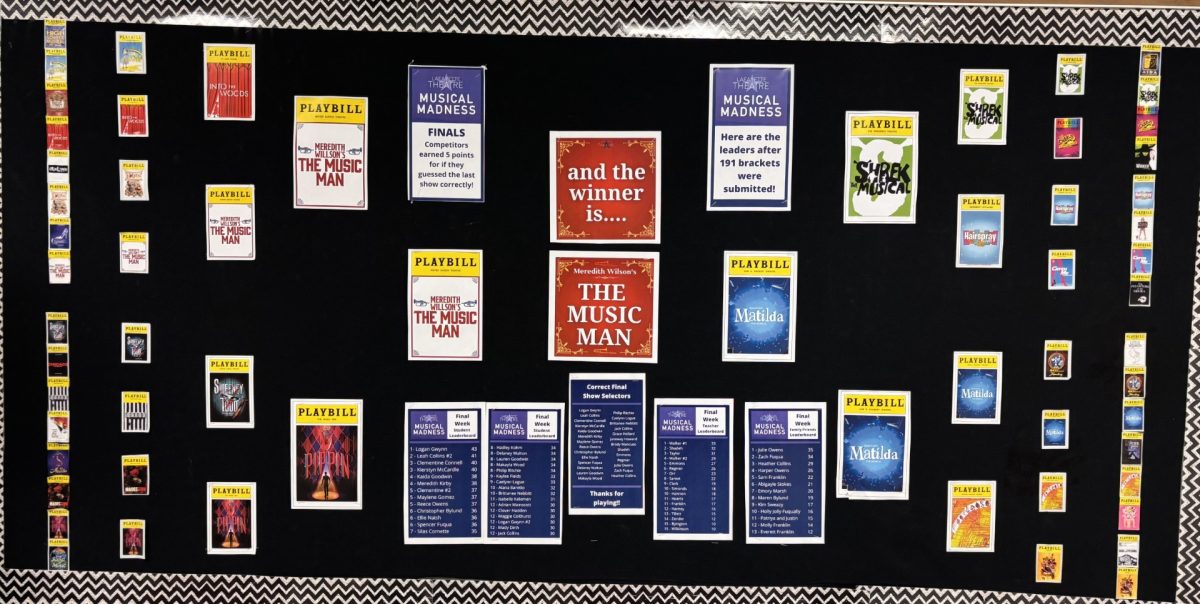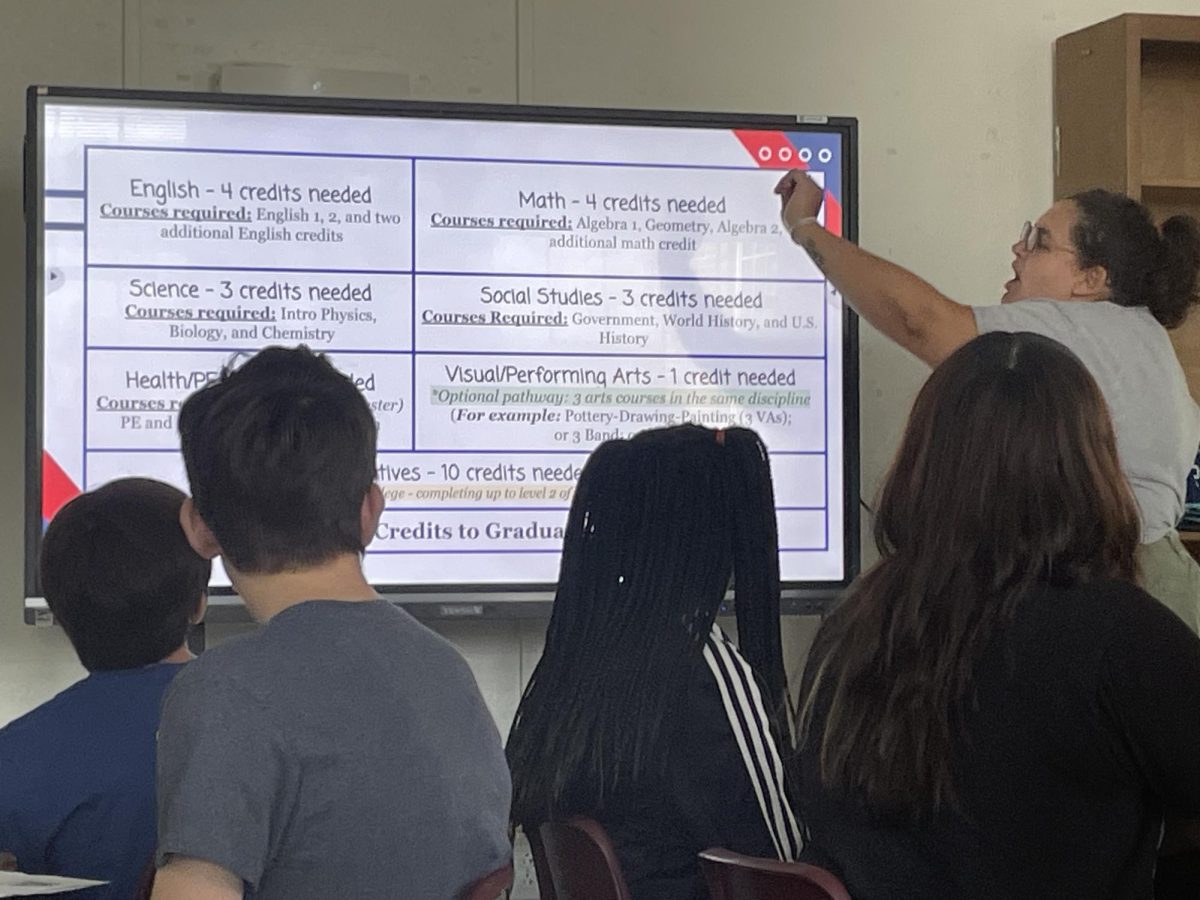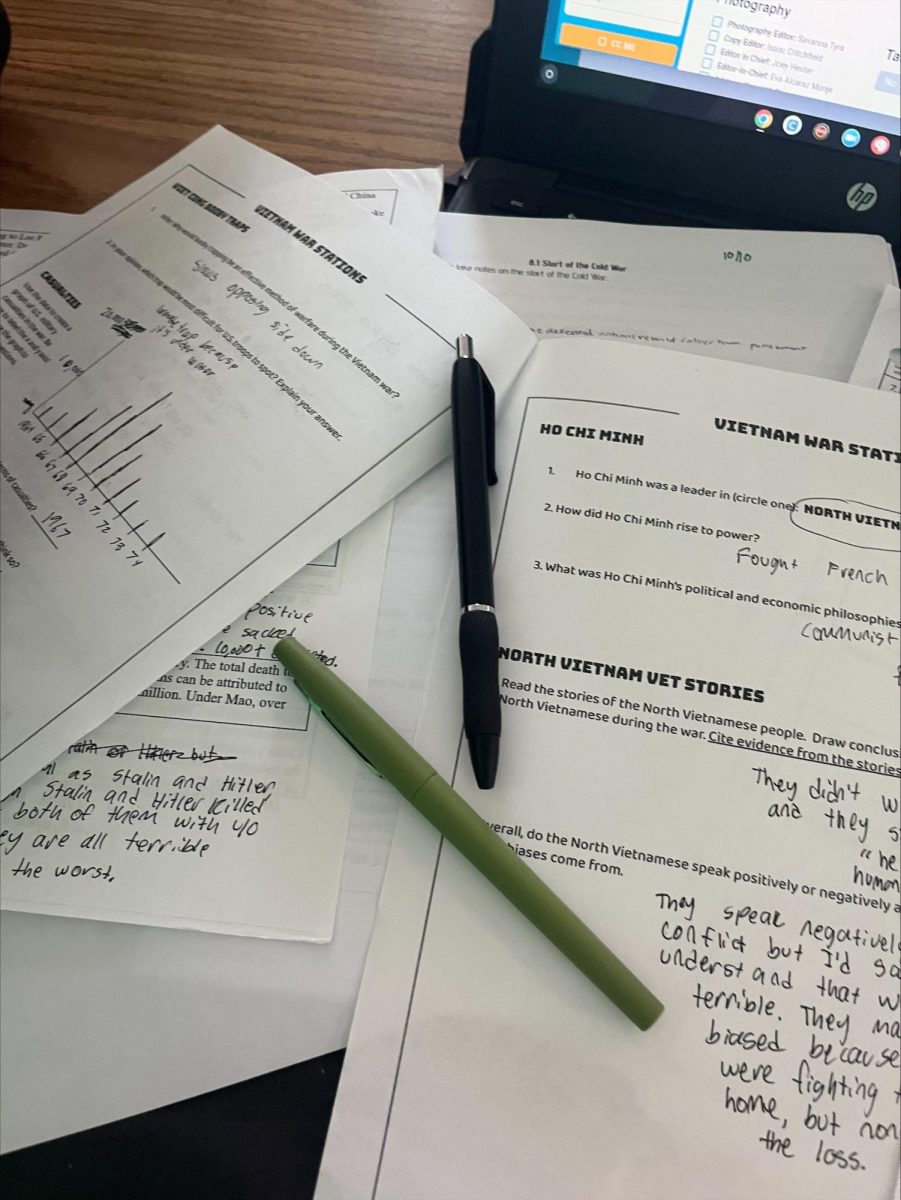Society’s picture of the way a “perfect” dancer should look is outdated and toxic. Even though dancers today are very diverse, they still think they aren’t good enough.
We asked students who were non-dancers their assumptions about body image in dance, and they had no idea what to say. This proves that this matter is not discussed enough.
For years dancers have struggled with having a negative body image, according to ritenourlive.org, “The traditional dancer’s body type has always been very slim with long limbs to create long lines. Dancers end up trying to reach this perfect physique in unhealthy ways and viewing their own natural body as inferior to others.” If you look at any ballet company, almost all of the dancers have the “perfect ballet body”, those ballerinas are the ones that student dancers look up to.
When Lafayette High School students were asked what they knew about dancers’ mental health and body image, some students had some good input. Sophomore Gabbi Shaffar told The Times, “I [did] ballet for eight years, and I heard there’s lots of anorexia in ballet especially. I don’t know about other styles. I don’t think that’s good; that’s the problem.”
Thankfully, lots of ballet companies are moving away from the toxic and unhealthy body standards. According to Lafayette math teacher Laura Gravitt, who was a dancer and is now a dance mom, “In the ballet world, many companies view ballerinas to have a…body type that should be a specific weight. However, there are a lot of companies that are moving away from said standards, which is really nice to see.”
Dancer Maddie Means told The Times, “There’s…a weird standard and I feel like that affects everyone. With the standards, you have to be…so skinny and…it’s kinda weird.” When she was asked if the standard affected her, she responded, “It definitely affects me sometimes.” We also interviewed another dancer, Haley Gravitt, and when we asked her about how dance affects her body image, she told The Times, “Very negatively. It’s very hard because all you do is look at yourself in the mirror all day.”
Senior Bryson Reynolds has a positive message for all dancers, “I think it’s always good to keep a positive mental health, you know what I’m saying? Keep your upbringing. Make sure you keep your priorities and your goals straight.”
So, the next time you see a dancer, maybe think about how insecure they might be and feel more sympathy. The life of a dancer is hard, so please encourage them to make it just a little bit easier.
















